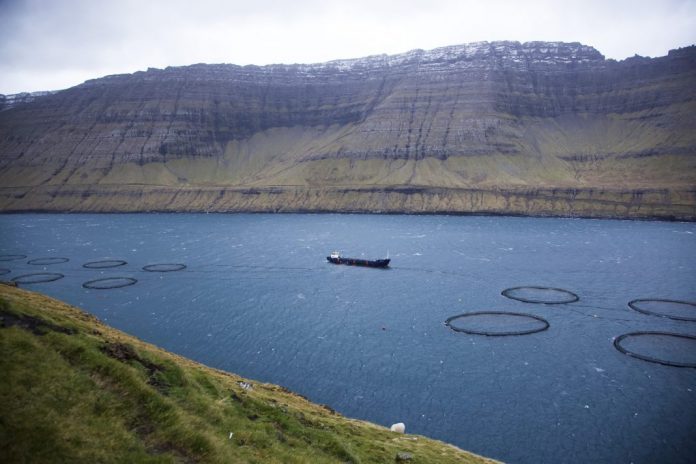It is not a long trip from the Faroe Islands to Scotland, but corporate culture, strategy and profits are like night and day.
They are selling salmon at the highest prices in the market. Both Faroese and Scottish salmon are premium products, niches in the shadow of high-volume salmon from Norway and Chile. However, apart from salmon prices achieved, there are few common denominators between The Scottish Salmon Company and Bakkafrost.
SSC is characterised by weak management, small sites, high production costs and poor results over a long period of time. The company’s strong man has been the media-savvy Russian hedge fund manager Yuri Lopatinsky. The leadership group has followed his advice first and foremost.
Then the situation is quite different for Bakkafrost, who under Regin Jacobsen’s clear leadership has rebuilt the Faroe Islands’ aquaculture industry stone upon stone after it was demolished by ISA just after the turn of the millennium.
Jacobsen has developed an efficient machine that has placed even SalMar in the shade as the most cost-effective of the listed salmon farmers. The company is fully integrated from feed via large-scale smolt, ongrowing, harvest, well boat and market.

Challenge
Regin Jacobsen knows where he comes from and where he is going.
Now he has been given a suitable challenge to put his teeth into.
It’s not a long way from the Faroes to the Scottish West Coast. Feed vessels from Havsbrún are probably the first the SSC fish farmers will see. It’s not a long voyage.
Bakkafrost begin with feed. The subsidiary Havsbrún’s feed factory in Klaksvík has the highest proportion of marine ingredients in the industry, which is essential for the growth, taste and marketing of Bakkafrost salmon.
However, Bakkafrost has a lot to go on when it comes to salmon processing. Now they have 30,000 tonnes of Scottish salmon in their laps, and an excellent opportunity to get closer acquainted with the Scottish processing and smoker culture.
Possibilities
A total new Scottish production capacity of 50,000 tonnes, fairly close to Bakkafrost’s own production, offers extensive earning opportunities if the new owner manages to cut costs and get EBIT/kilo close to what Bakkafrost itself has done in recent years.
But it is definitely not just opportunities Bakkafrost has bought.
They have also secured challenges, enough to give Regin Jacobsen even more grey hair on his head.
Bakkafrost, which dominates the small island kingdom of the Faroe Islands, has not encountered very strong local resistance in a land without salmon rivers. Scotland, with River Spey and Tweed, to name a few of the most iconic rivers, has a strong culture of salmon fishing and tourism – and a comprehensive resistance to fish farming.
Reputation
This especially applies to foreign-owned salmon farmers.
Scotland is a subsidiary country. 96 per cent of the aquaculture industry is already owned by foreigners. And it is thus the battle for the reputation of the Scottish salmon farm that will be the narrowest bottleneck if Bakkafrost is to succeed in getting a decent return on invested capital in the British Isles.
SSC has so far struggled for reputation with a remarkably weak PR and communication strategy. The first thing Bakkafrost should do is replace it and bring in brand new expertise.
For the battle to succeed in Scotland, it is not primarily in the cages, as in the Faroe Islands, the battle stands in the public space. One thing is for sure: anti-salmon farm activists have been given a new name on the block. And soon the noise will begin.


